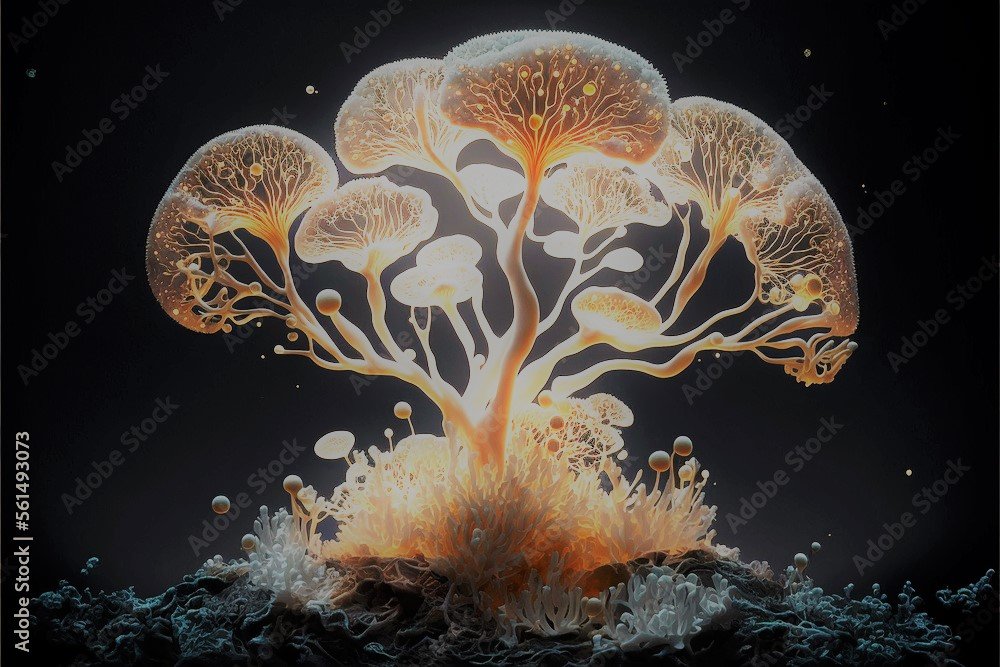I. OCTOPUSES

They are the weirdest creatures in the deep sea.
Although their IQ is really low as compared to humans, they are the smartest of the animals included in the phylum Mollusca.
They have 9 brains and are able to open jars like child’s play. They can feel light and have 3 hearts, can hear without ears, doesn’t see colours but yet can change it’s body colours into colours that it hasn’t even seen. It has papillae on it’s skin which can allow it’s skin to practically look like rocks…. Also, it takes about 200 milliseconds to change colour, while a chameleon requires 20 seconds to do so. It can do so because it has photoreceptor genes in it’s skin, which react to different wavelengths of light.
They aren’t able to breathe when swimming, and their blood consists haemocyanin, which is blue in colour
It’s neurons are spread out and aren’t localised in the brain, which helps them to feel emotions and pain much better than humans.
They have no bones and can bend in any way possible.
Also, when responding to food, they don’t bring out their hand by the instruction of the brain, they have a stimulus response which acts during this time period, instructing it to grab. They have what is called a “behaviour library”, instead of activation of a body part. The arm doesn’t consult the brain and carries out the movements.
They are able to escape a maze, change shape to look like another animal, change colour and camouflage. Also, they are able to bend their body anywhere.
II. TARDIGRADES

You know you are one of the weirdest organisms to ever exist when their is a specific phylum which contains only you (phylum Tardigrada). Tardigrades have a very powerful biological adaptation known as cryptobiosis, a condition in which they also make unique proteins (called TDPs, short for Tardigrade-specific Intrinsically disordered proteins) to survive which helps them to survive in very extreme conditions. They get into the tun state in which they are effectively dehydrated, for they expel the water out of their bodies. Tryhalose is a sugary gel which protects them. They were discovered way back in 1773 by a scientist who named them water bears. They also might hold the key to eventual human immortality. Due to such characteristics, they are classed as extremophiles. It eats algae. CAHS proteins form gel-like filaments which protect the cell when water is not there. Also, DISCLAIMER: They can survive those conditions only in the tun state. if they aren’t in the tun state when exposed to such conditions, they die. They can only survive for 10 years max in the tun state. Also, tardigrades do kill other tardigrades, and they can’t even knock the door on the Sun. They also die at an upper limit of temperature, which ranges from 700°C to 1200°C
TO give an overview of what they can do,
They can survive:-
- Lethal doses of radiation which would instantly kill any other life form.
- Gamma ray bursts which can outshine an entire galaxy in a fraction of a second (the second most powerful explosion after the big bang)
- Space
- Approcimately 0K temperatures
- Pressures upto 6 times the atmospheric pressure of Earth
- (have survived) All 5 mass extinctions of life on Earth
- Heat (by tryhalose)
- Drought (by tryhalose, TDP [dont have any fixed structure] and CAHS proteins)
- High Salinity (by tryhalose)
- UV rays (by tryhalose)
Some people believe that they hold the key to the Panspermia hypothesis, which conjectures that their is life in the universe, spread out by meteors, asteroids and comets.
III. MYCELIUM

Mycelium is basically the old age version of a fungi.
Now, a fungi has spores. When the spores feel like “We need to grow up”, they detach from the fungi and in the presence of the right moisture and temperature conditions, they germinate into cells which are known as hyphae.
Then different hyphae connect with each other to form what is known as the mushroom mycelium.
And then the hyphae start casting spells, causing it to form unique compounds which are not found in the fungi itself!
After those events, the mycelia continues to grow.
The spells are so extreme that the mycelia has 429 protein-coding genes while the parent fungi only has 91!

